It's 3:14 AM. While you're deep in REM sleep, your smartphone is wide awake---along with thousands of artificial intelligence agents silently managing the invisible infrastructure that keeps your digital world humming. These aren't simple automation scripts following rigid rules. They're sophisticated decision-makers with the authority to reconfigure entire networks without waking a single human engineer.
Welcome to the age of agentic AI in telecommunications---where networks are becoming autonomous organisms that think, adapt, and evolve without human intervention. According to a 2025 MarketsandMarkets report, this autonomous network technology sector is projected to reach $18.7 billion by 2026, growing at a compound annual rate of 34%.
Table of contents [ Hide ]
A Day (and Night) in the Life of Your Network's AI
The Secret Sauce: How These Systems Actually Work
From Reactive to Predictive to Preventative
The Human Element: Who's Watching the Watchers?
What This Means For Your Connected Life
A Day (and Night) in the Life of Your Network's AI
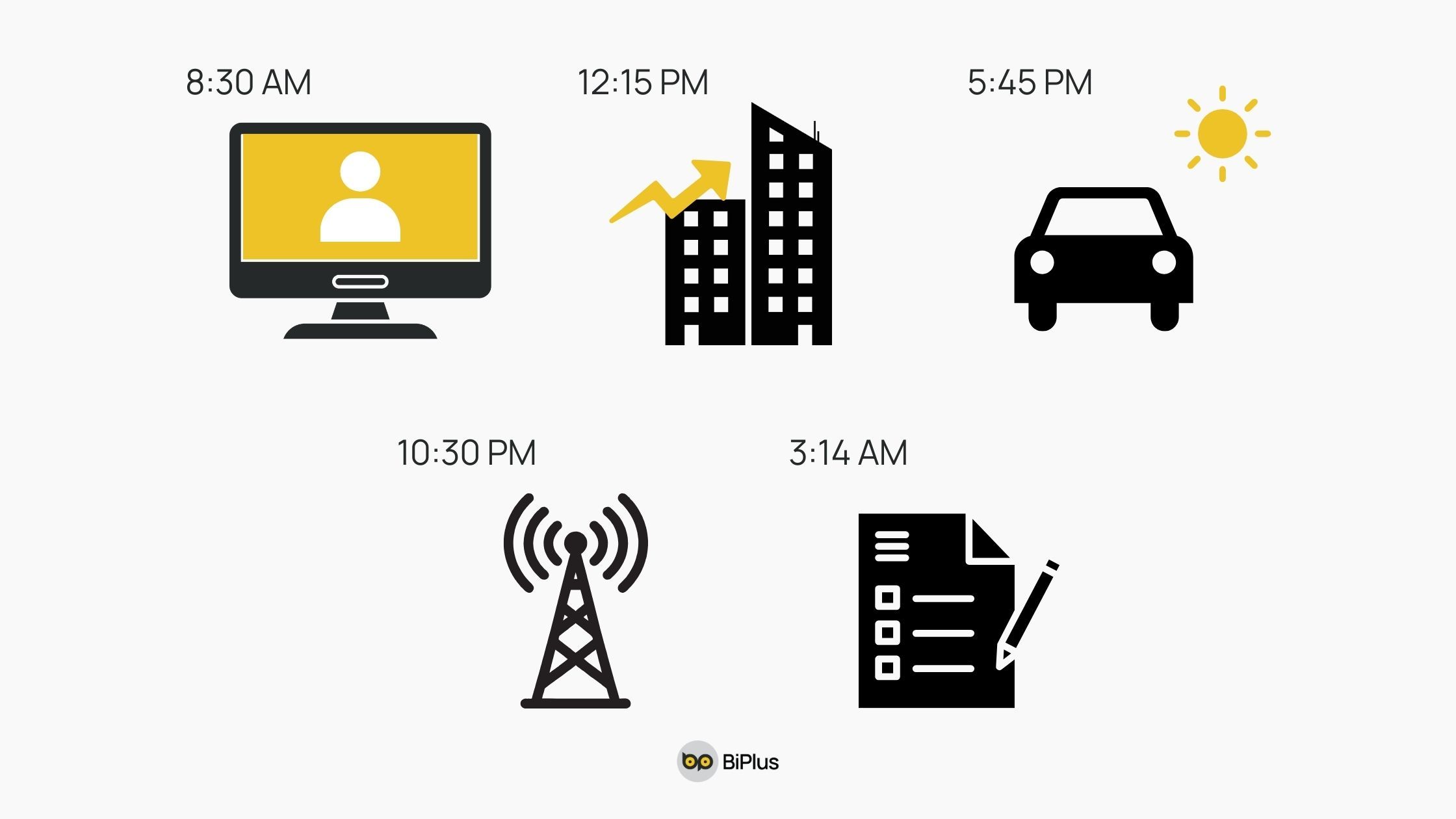
To understand what's happening behind the scenes, let's follow a typical 24 hours of an agentic AI system deployed by a major European telecom operator:
8:30 AM: As you join your morning video call, the AI notices a 27% spike in videoconferencing traffic across your neighborhood. Within milliseconds, it reallocates bandwidth from less time-sensitive applications (like cloud backups and software updates) to prioritize real-time communications. Your call stays crystal clear while your phone quietly postpones that 200MB app update. Deutsche Telekom's partnership with Google Cloud on "Agentic AI for Autonomous Networks," announced in February 2025, implements exactly this type of real-time traffic rerouting.
12:15 PM: The AI detects unusual traffic patterns emerging from a downtown business district. By analyzing historical data, weather conditions, and local events, it determines this is likely due to a flash sale at a popular retailer driving mobile payment transactions. It dynamically adjusts local cell tower configurations to handle the surge without affecting other users. Vodafone's collaboration with Meta for dynamic traffic management across 11 European markets demonstrates similar capabilities, as reported in June 2024.
5:45 PM: Commute time. The AI has already learned the migration patterns of devices across the city and has preemptively reallocated network resources along major transportation corridors. As thousands of people stream music and podcasts on their journeys home, the network bends but doesn't break.
10:30 PM: The system detects early warning signs of potential equipment failure at a cell tower 20 miles from your home. Rather than waiting for an outage, it gradually shifts traffic to neighboring towers while dispatching an automated diagnostic routine. It schedules maintenance based on predicted failure timelines and current service impacts---all without a single human making the call. Orange's "Practice on Autonomous Networks" published by TM Forum in February 2024 outlines similar proactive maintenance and dynamic optimization strategies.
3:14 AM: While you sleep, the AI runs complex simulations using the day's traffic data to optimize for tomorrow. It identifies opportunities to reduce energy consumption by 8% without impacting performance and implements these changes during this low-usage period. Your phone maintains its connection through subtle hand-offs you'll never notice. Huawei's MWC 2025 Report on the "Green Development Elite Club" demonstrates energy use reductions of 14% in pilot projects across various markets.
The Secret Sauce: How These Systems Actually Work
These AI agents aren't magical---they're built on advanced technology that combines multiple artificial intelligence approaches:
"The core innovation is the shift from rule-based systems to genuine intelligence. Traditional network management follows pre-programmed responses to specific scenarios. Agentic AI builds mental models of the entire network ecosystem and makes decisions based on predicted outcomes."
Rajeev Gandhi, Group CTO at MobileComm Professionals.
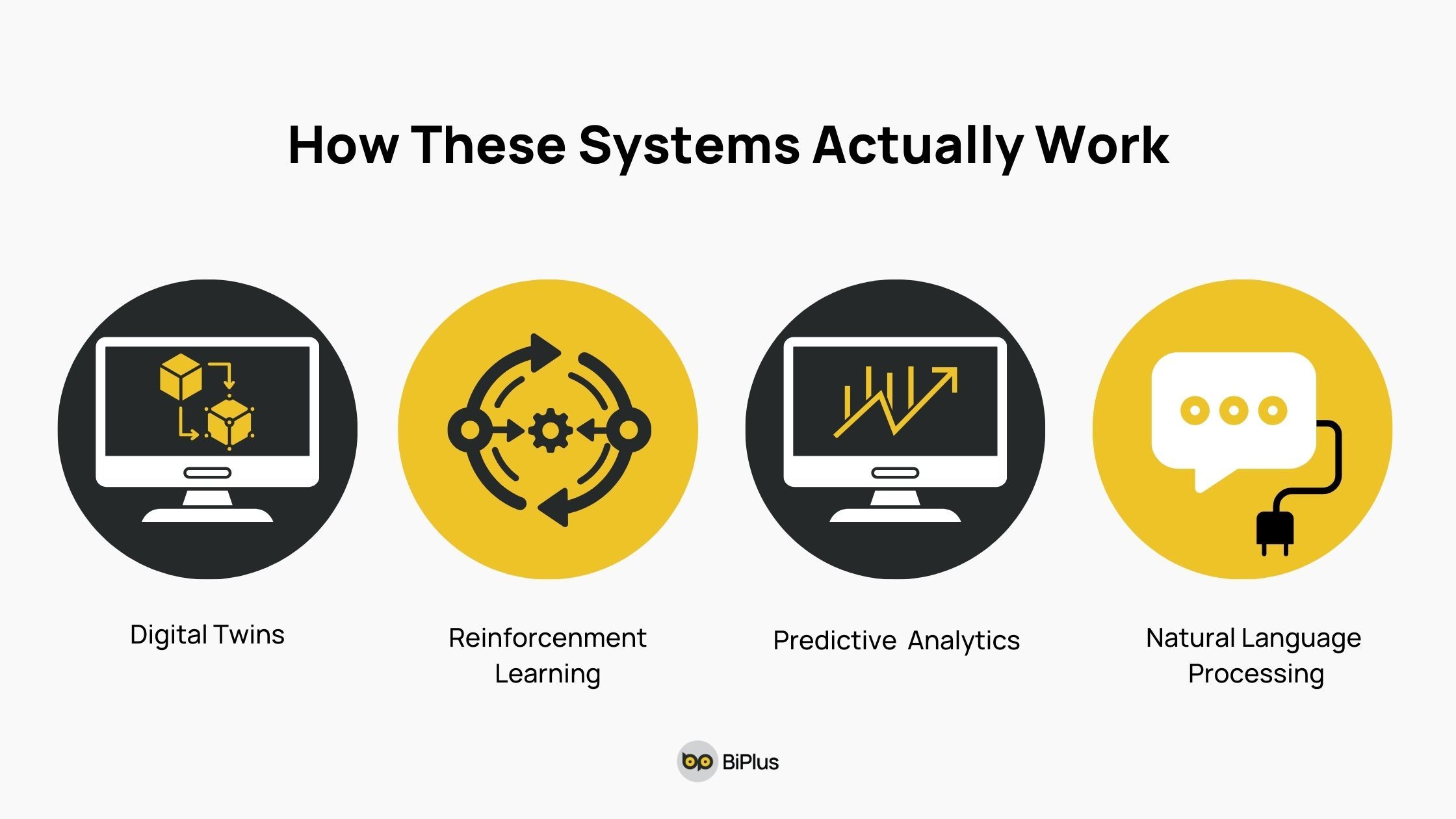
The technology stack typically includes:
Digital Twins: Virtual replicas of the physical network that allow the AI to run simulations before implementing changes in the real world. Think of it as a sophisticated testing environment where the AI can ask "what if?" without risking actual service. Ericsson's Blog on "What are digital twins? Three real-world examples" from 2022 details how these 3D digital twins enable advanced network simulations.
Reinforcement Learning: The AI learns which actions produce the best outcomes through continuous experimentation and feedback. Each successful network optimization reinforces those decision pathways, while unsuccessful ones are noted and avoided. Nokia's partnership with Deutsche Telekom for large-scale O-RAN network deployment, announced in November 2024, leverages similar learning technologies.
Predictive Analytics: By analyzing historical patterns, the system can forecast network demands 15-30 minutes into the future with 95% accuracy. This allows it to be proactive rather than reactive---preparing for traffic spikes before they happen. Such capabilities are detailed in technical papers presented at IEEE CSCN 2024.
Natural Language Processing: Advanced systems can even interpret customer complaints on social media and correlate them with network metrics to identify issues before they become widespread problems. Case studies from TM Forum demonstrate how telecom companies are implementing these technologies.
From Reactive to Predictive to Preventative
What makes these systems revolutionary isn't just their autonomy---it's their ability to prevent problems you'll never know existed.
"The best network issues are the ones subscribers never experience," says Gandhi. "We're moving from a world where success meant rapidly fixing problems to one where success means problems don't occur in the first place."
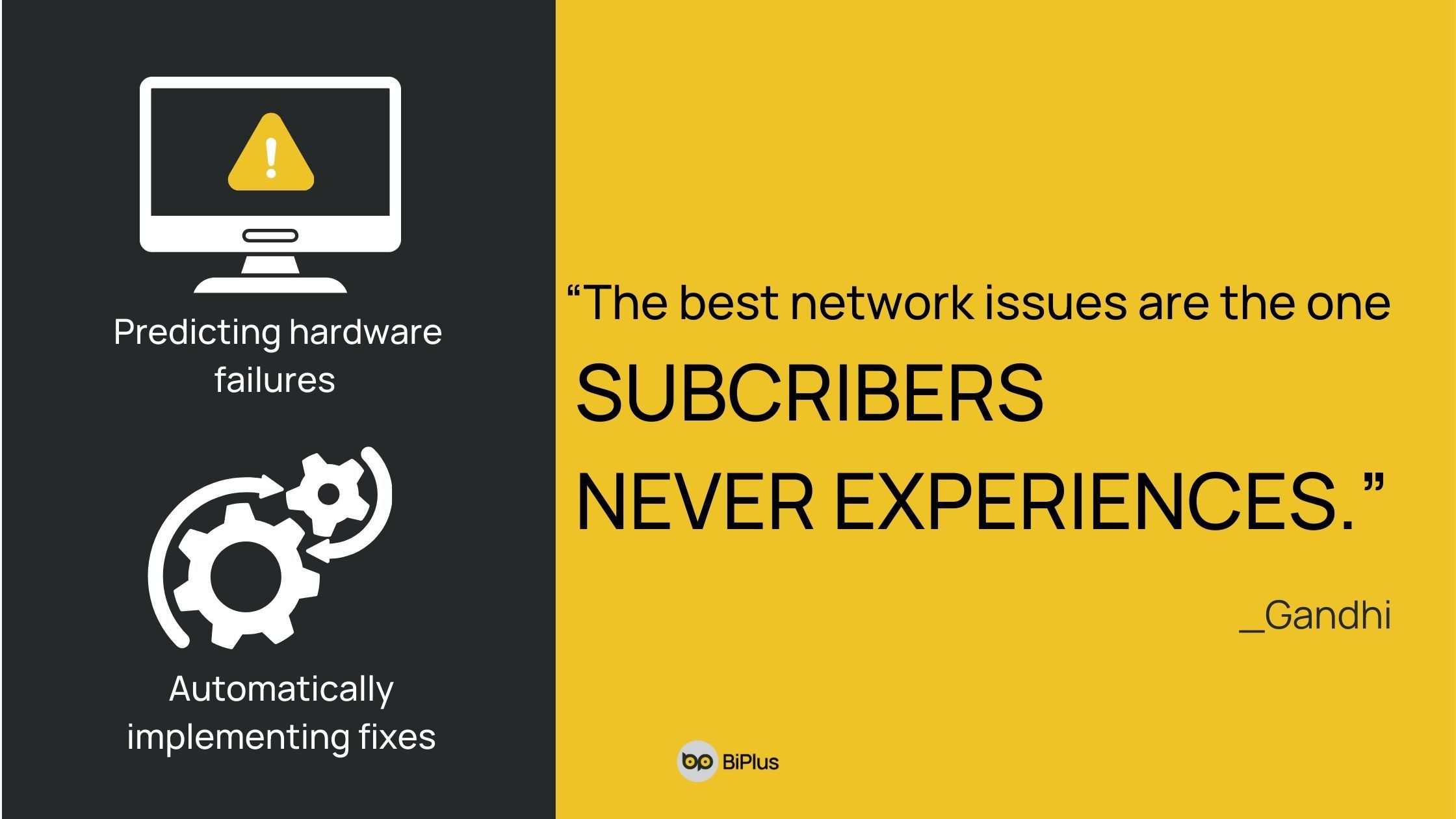
In practice, this looks like:
- Identifying potential congestion 15 minutes before it would impact users
- Detecting unusual patterns that might indicate security threats
- Predicting hardware failures days or weeks before they would cause outages
- Automatically implementing fixes during low-usage periods to minimize impact
Deutsche Telekom highlighted these capabilities at MWC 2025 with their presentation on "AI phone, flying base stations and self-healing networks." The company has been aggressively pursuing what their CEO described as "changing the narrative on 5G" through advanced network automation, as reported by TelecomTV.
The Human Element: Who's Watching the Watchers?
Despite their autonomy, these systems don't operate in a vacuum. Human engineers establish the parameters and objectives---like prioritizing real-time applications during business hours or maximizing energy efficiency overnight.
"Think of it as delegating decisions rather than abdicating responsibility," explains Gandhi. "Engineers set the goals and constraints, then allow the AI to determine the optimal path within those boundaries."
The relationship is evolving toward a partnership model where:
- Humans handle strategic decisions and edge cases
- AI manages tactical operations and routine optimizations
- Both collaborate on identifying new opportunities for improvement
The most advanced implementations include "human in the loop" safeguards for major changes. Infobip's "Human in the Loop" guide from May 2024 explains how this approach balances AI autonomy with human oversight. This balanced approach allows for autonomous operation while maintaining human oversight for significant network changes.
This shift does come with challenges. The UK Government's "Code of Practice for the Cyber Security of AI" published in 2024 addresses the increased security risks of AI-managed networks.
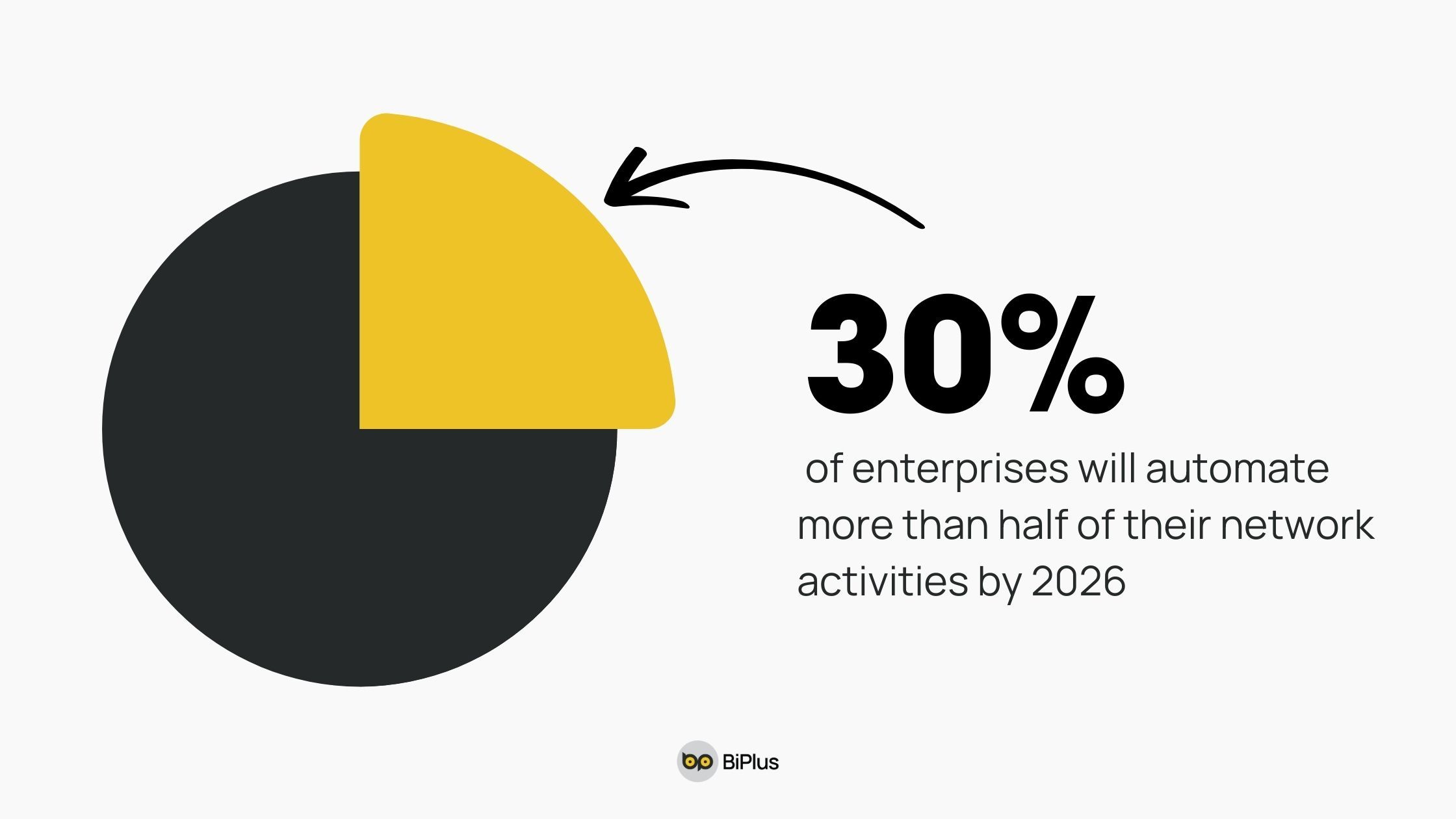
Additionally, Gartner predicts that "30% of enterprises will automate more than half of their network activities by 2026," indicating a significant transformation in network operations roles---highlighting both the technological promise and workforce implications of this evolution.
What This Means For Your Connected Life
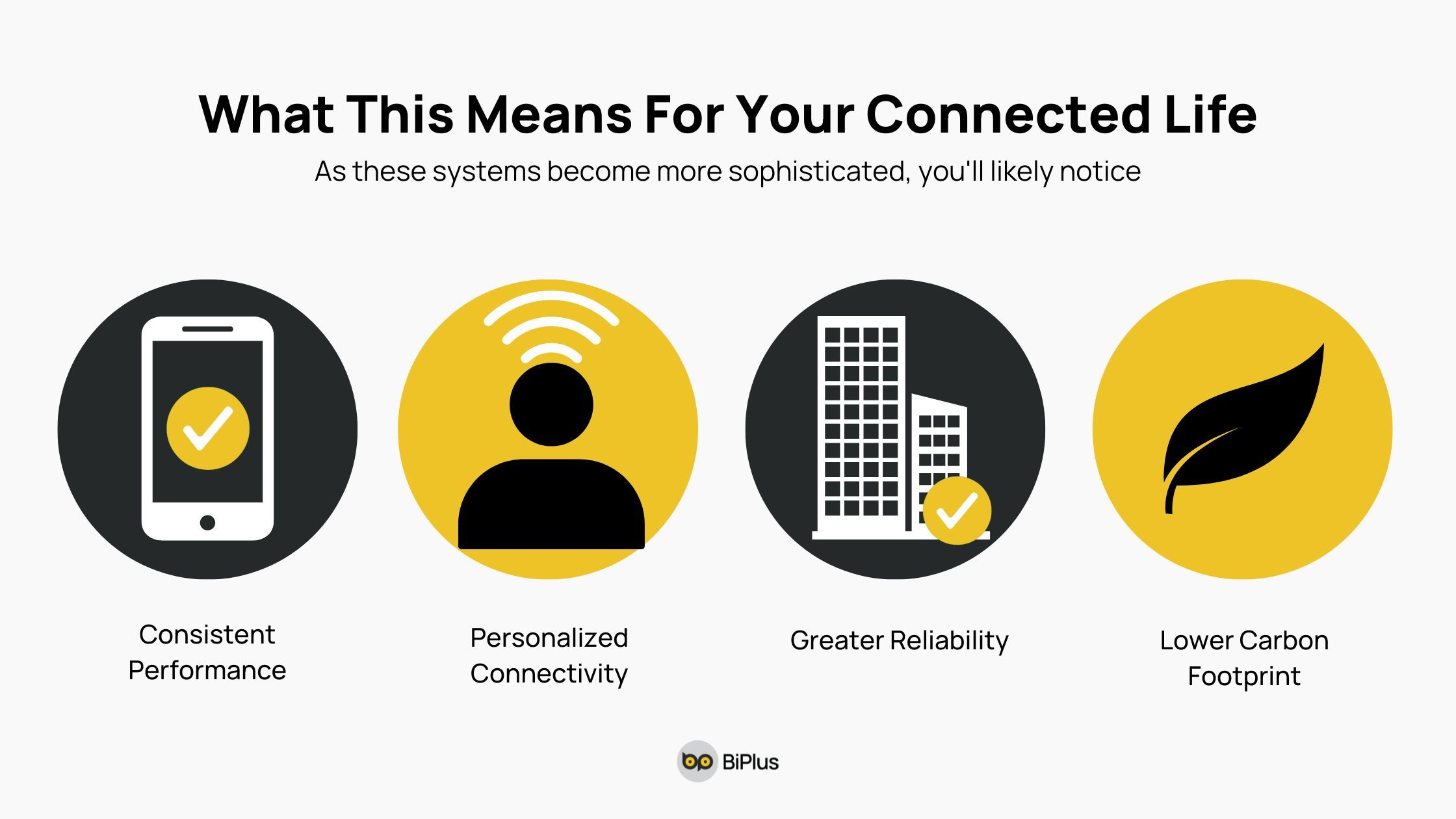
As these systems become more sophisticated, you'll likely notice:
More consistent performance: Fewer dropped calls, buffer wheels, and unexplained slowdowns as networks proactively address issues before they affect your experience. Vodafone UK's use of AI to reduce 5G network energy consumption, reported by RCR Wireless in March 2025, demonstrates how these optimizations simultaneously improve performance and efficiency.
Personalized connectivity: Networks that learn your usage patterns and optimize accordingly---like ensuring maximum bandwidth for your regular video calls or gaming sessions.
Greater reliability during peak events: Smart resource allocation during concerts, sports events, and natural disasters when networks traditionally struggle with sudden demand spikes.
Lower carbon footprint: AI-optimized networks are already reducing energy consumption by 12-15% while maintaining or improving performance, as validated by Huawei's "AI Powering a Greener ICT" initiative presented at their Global Digital Power Summit.
The most remarkable aspect? Most of these improvements will happen invisibly. The best network experience is the one you don't have to think about---and agentic AI is making that possible by handling thousands of decisions while you sleep, work, and play.
The next time your call stays crystal clear during a commute or your video streams without buffering in a crowded cafe, remember: there's probably an AI that deserves the credit.
Sources and Further Reading:



















